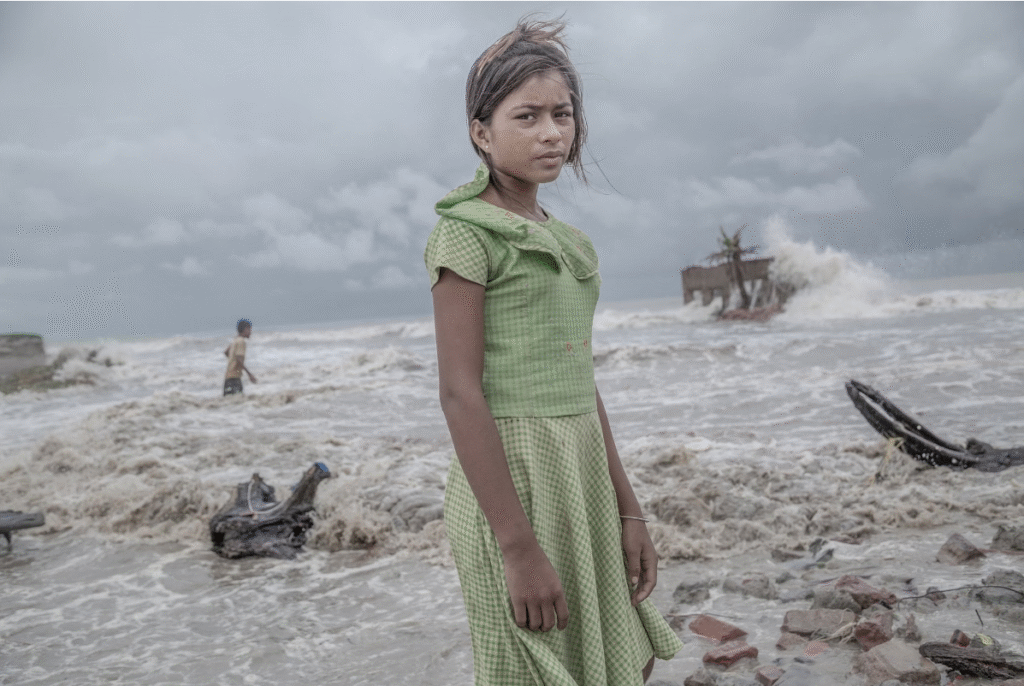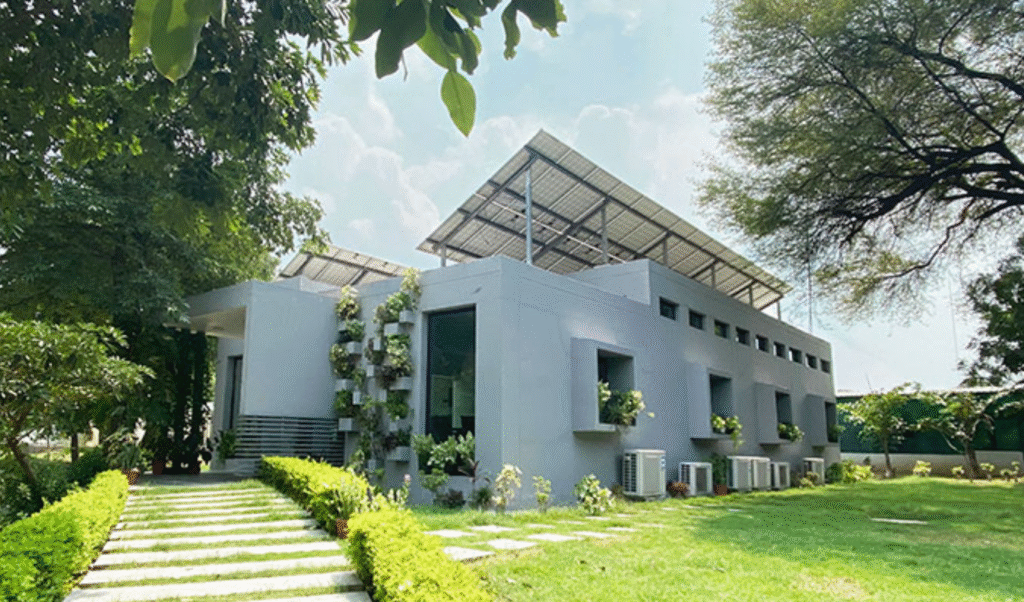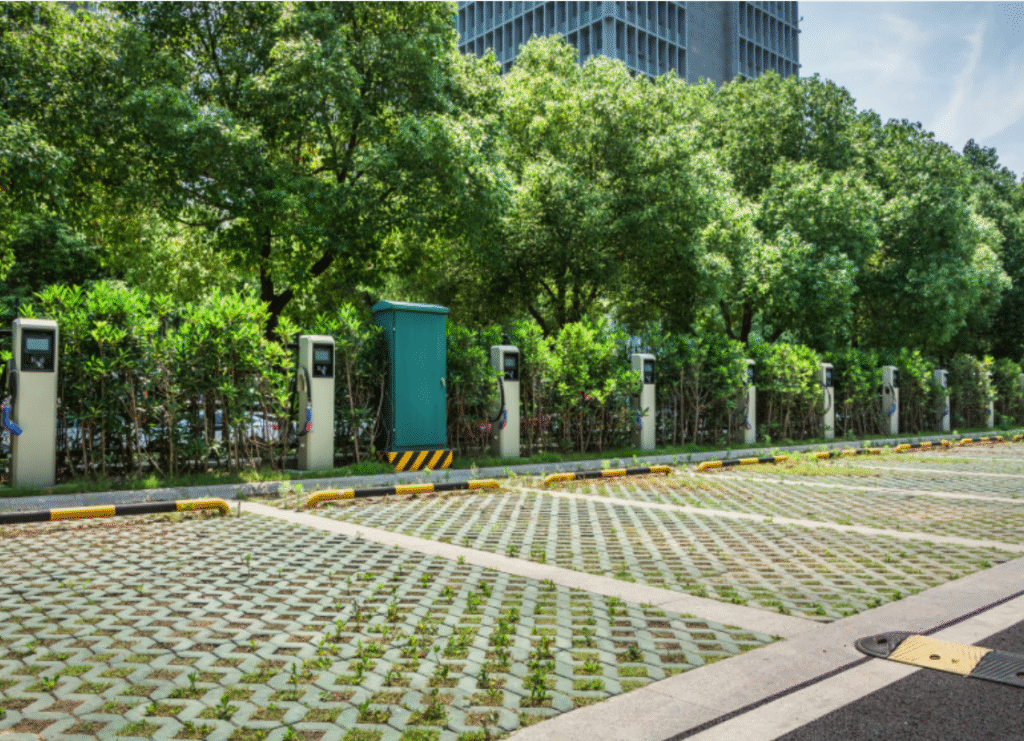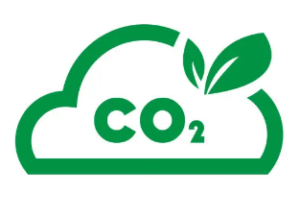“This year there was trouble,” claimed Bhumia, an adivasi woman from Malkangiri, Odisha. Bhumia often moved closer to the coast during the monsoon season. She observed with fear that “the sea raged and climbed higher than last year”, forcing her to move her temporary shelter farther inland. This directly reduced her chances of fishing. At the same time, over 1500 km away, Junaid in Ahmedabad, Gujarat, faced severe hardship due to a heatwave in the region. “Now I have fewer days available to earn wages,” he said. Meanwhile, in Munnar, Kerala, floods ravaged the landscape, destroying tea plantations, agricultural produce, and makeshift homes. Susanna prayed to the heavens for some relief as she saw her season’s entire harvest being carried away by the storm surge. Similarly, many more stories remain unheard of every year when climate extremes wreak havoc across our country.

In the Photo – Pallavi, 11 years old, faces devastation by a cyclone in Sundarbans, West Bengal
Courtesy – © Supratim Bhattacharjee, India
Urban India is home to over 35% of India’s population. As these urban inhabitants are expected to nearly double to 951 million by 2050 World Bank, we have even more reasons to be concerned about this phenomenon. Firstly, the expansion of concrete jungles intensifies the urban heat island effect, raising micro-temperatures by 3–4°C. Secondly, the mixing of sewage and drinking water during times of incessant rainfall renders cities uninhabitable. This leads to a dual threat: a rise in vector-borne diseases (as evidenced by its clear correlation with seasonality Sophia, Y., Roxy, M.K., Murtugudde, R. et al. (2025)) and increased stress on potable water supply systems of the city. It is also worth mentioning that urban flooding in India alone causes losses of around $4 billion annually. Thirdly, one must question whether cities today allow us the freedom to walk. Diminishing green spaces and lethal levels of air pollution force us inside our homes, choking our mental wellbeing. The boom of quick-commerce in urban India is thus not a fluke; it showcases an Aapda mein Avsar (opportunity in crisis), providing a practical response to these urban challenges.
Adding fuel to the fire, supply chains that make businesses viable become disrupted, pushing service costs higher. Lack of climate-resilient urban infrastructure of cities eats countless hours of school students, white-collar professionals, and also the common folk for the simplest of chores like grocery shopping. India faced significant GDP losses – 5.4% of GDP ($159 billion) due to climate impacts in 2021 alone The Hindu.
Urban poor and marginalized groups face amplified effects with social vulnerabilities compounding damage dealt. Khosla and Bhardwaj, 2019. This is because of their limited capacity to offset risks and threats. Statistics show that India recorded 252 heatwave-related deaths in a single year! Economic Times Most of them were in urban cities. Bottom strata of our populace face dual attack of increased out-of-pocket expenditure akin to a climate tax and non-economic impacts. When migration is forced, it decreases participation in local traditions and customs, weakening social capital and our cultural identity. In turn, resulting in joint families breaking up into smaller units and often scattered across cities. Recent social restructuring of urban areas into aggregations of nuclear families, hence, cannot be a coincidence.

In the Photo – Karnataka Police relocating Bengaluru residents from knee deep urban floods
Source – Times of India
This reality makes urban landscapes unaffordable, unhealthy and unsafe. This reality makes urban living unlivable. Lives and livelihoods of crores of Indians who depend on agriculture also face complex problems. More drought days and flash floods pincer down crop production. It is estimated that 1 degree Celsius rise in temperature reduces rice production by 4-20%! CEEW Thus, small farmers find themselves being pushed further into extreme poverty. And ones with capital available to fix the top soil lost due to climate extremes, use larger quantities of fertilizers which results in chemicals leaching into the aquifer. This phenomenon slowly poisons the population with harmful chemicals that ultimately overload our burdened healthcare infrastructure. It is also bad economics as it behaves like a systemic financial sink with regards to our taxpayer’s money.
To address our losses and avoid future ones it is time to realize India’s ambition to become Viksit Bharat by 2047 is fundamentally anchored in the vision of inclusive and sustainable development. Economic Survey 2024-25. This shift in perspective is crucial to not only raise awareness in mission mode but enhance our understanding of Human-Nature interaction on more than one level.
For a start, climate change must be recognised as an urgent and collective problem. Our education system can be a frontrunner in mainstreaming sustainability practices such as energy-efficient buildings, green spaces (think Miyawaki), embedding circular economy principles in everyday lives. Policymakers need to participate too. We need to prioritize inclusivity and ensure the voiceless marginalized become active players and get access to climate adaptation resources.
India, on a per-capita basis, does not generate carbon of the order that Europe does. It is because we are still a developing nation. The better approach thus is to not stunt India’s development but incorporate climate-sensitive budgeting in planning urban development. India’s development model must embrace low-carbon lifestyles and implement robust disaster preparedness. And so India must build (but build ‘Right’) with long-term resilience in mind.

In the Photo – Green Building embracing low-carbon footprint for long-term resilience
Courtesy – Mahindra-TERI Centre of Excellence for Sustainable Habitats
Low-hanging fruits such as stormwater drainage systems capable of managing cloudburst-level rainfall, green buildings and retrofitted housing, reducing carbon footprints and heat absorption, resilient public transport networks that operate during extreme weather, nature-based solutions such as urban forests, permeable pavements, and restored wetlands (similar to the work done by HYDRAA in Hyderabad) can make for an effective action plan for 2025.
To make this happen, India needs to invest over $2.4 trillion by 2050 in climate-resilient urban infrastructure. Reuter Such a massive amount invites creativity in financing. Belize’s debt for-nature swap and Fiji’s efforts to develop parametric insurance instruments for government, tourism, and the environment are examples, in which countries have sought alternatives for responding to loss and damage. UNDRR India’s national policies like the Smart Cities Mission would benefit from incorporating such financial instruments.
India itself offers several success stories to emulate. One such example is the Ahmedabad Heat Action Plan, which reduced heatwave mortality by 60% EPCWorld and is now a model for other South Asian countries. In Kochi, the Integrated Urban Regeneration and Water Transport System successfully replaced carbon-emitting road transport with solar-powered water ferries, reducing both emissions and congestion. Another win-win in Pune was green roofs and permeable parking lots, which helped regulate temperatures and reduced waterlogging. A notable achievement is by The Amrita Center which deployed AI-enabled wireless sensor networks for landslide monitoring and early warning in Munnar, Kerala, India. This innovation made them the winner of the Averted Disaster Award in 2023.

In the Photo – Permeable parking lots helping reduce waterlogging in Pune
Courtesy – gtechna
Under the leadership of PM Modi, it is critical that we adopt the One Health approach, and with it, recognize the interconnectedness of human, animal, and environmental health. This will guide us to prevent, detect, and respond to threats to human wellbeing and to Mother Nature. We are no more silent spectators of the mayhem and madness of an unsafe planet, changing our lives season after season, we are active participants to it. In the current moment of the Anthropocene, it’s essential to account for the Gray and follow it by adaptation and mitigation investments towards the green. A Viksit Bharat must rise to the challenge and be prepared to navigate through it.


